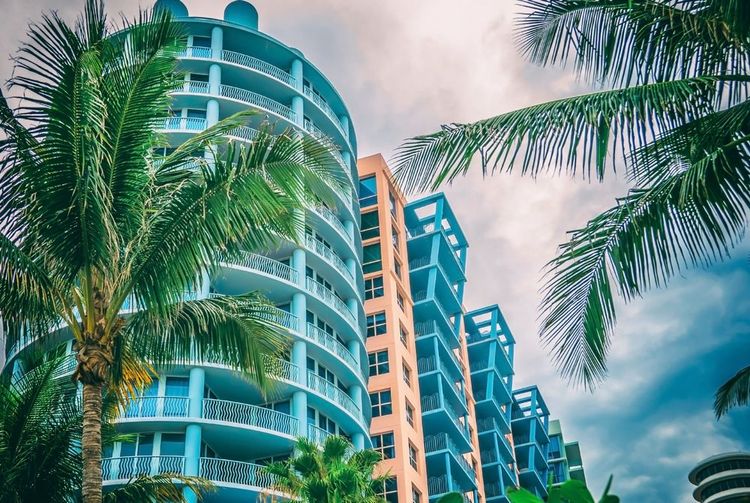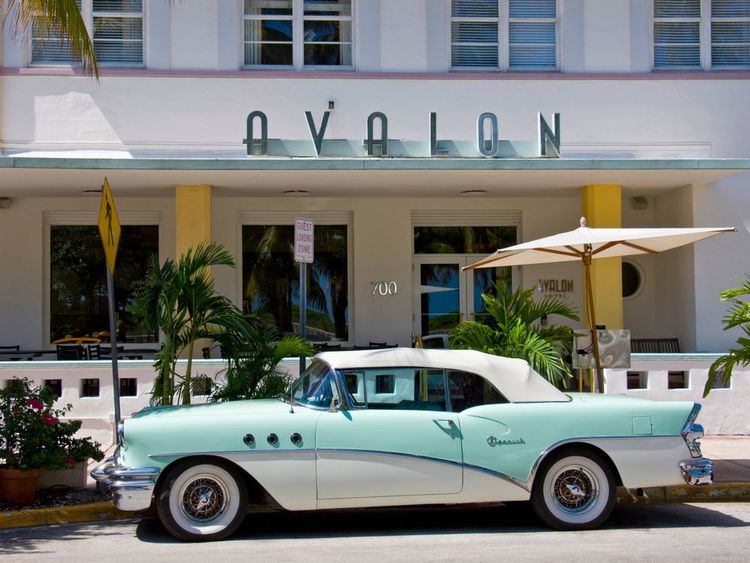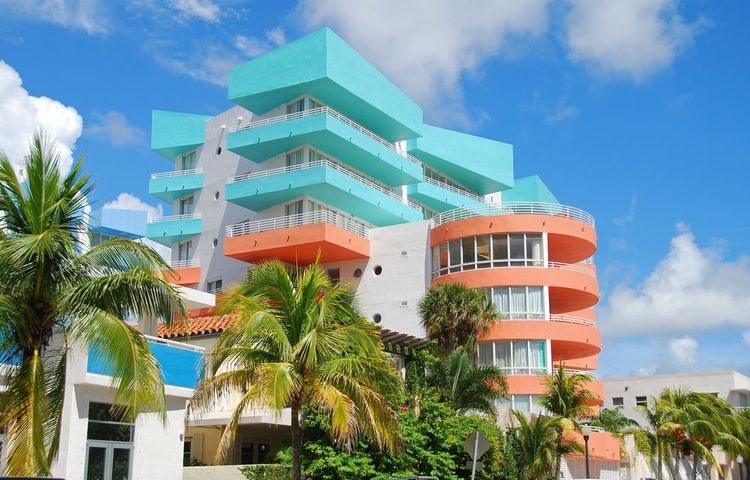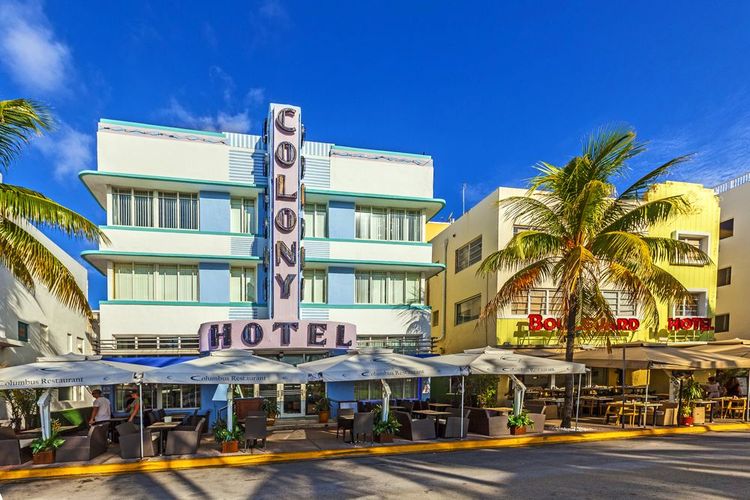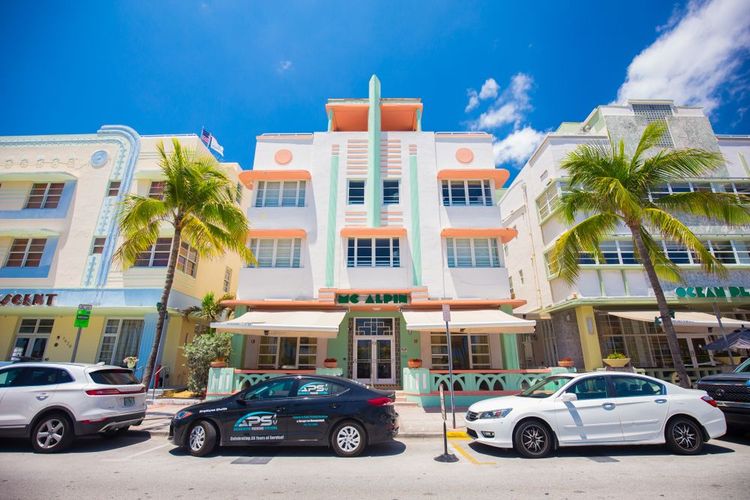Art Deco (short for Decorative Arts) is an artistic movement that flourished in the 1920s. In the United States, it reached its peak during the Great Depression. This architectural style was defined by geometric forms (cube, sphere and straight line), which excluded the embellishments, friezes and floral motifs of its predecessor, Art Nouveau. The movement was intended to be modern and luxurious. It was characterised by clean lines, tropical and pastel colours, striped patterns, neon signs, terrazzo floors and paintings and sculptures in the same style.
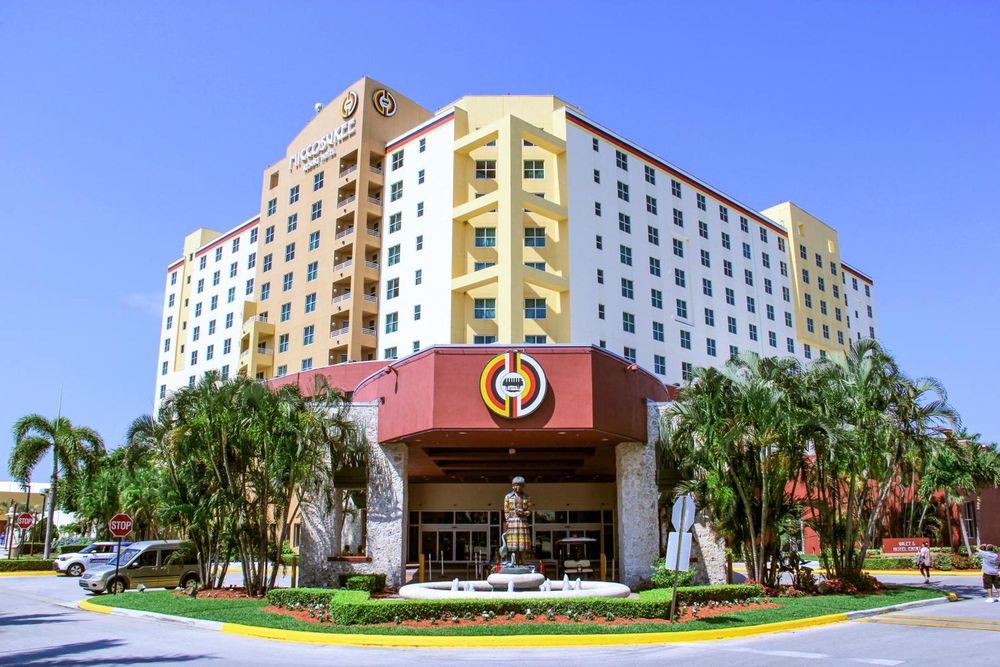 Miami
Miami
